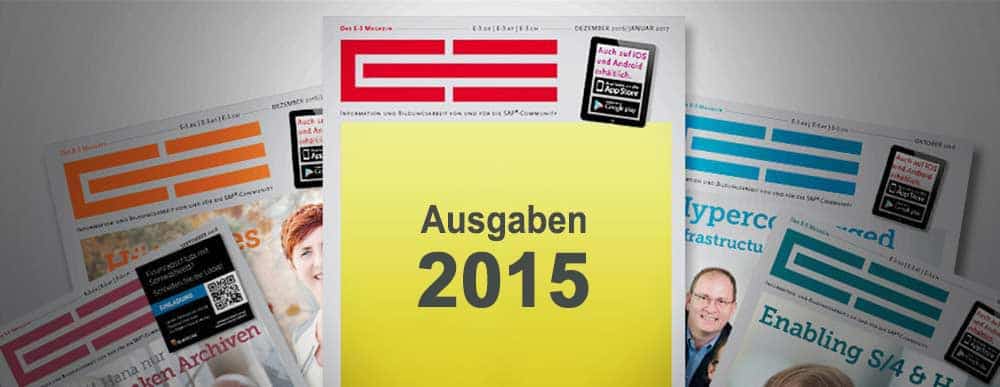Stuttgart Airport relies on self-management


The advantages of ESS and MSS systems are obvious: If employees and managers have access to personnel data, many time-consuming processes - such as vacation planning, time recording or address changes - are no longer necessarily the responsibility of the HR department.
While self-service systems are already firmly established among financial and telecommunications companies, their spread among industrial and logistics companies is still making slow progress.
The reason: In many companies outside the service sector, a large proportion of employees do not have their own PCs. However, the access problem can be eliminated with the help of free-standing self-service terminals (so-called "kiosks") or group workstations that allow employees without their own PC to log on to the corporate network.
Absence in real time
As at many other companies, personal data at Stuttgart Airport had previously been passed on primarily by physical means - i.e., with the aid of printouts - or by e-mail.
Printing and distributing the documents had cost a lot of time on the one hand, and considerable material costs on the other.
"The amount of time spent on administrative tasks, such as leave approval, was very high"
says Dieter Theil, Project Manager ESS/MSS at Stuttgart Airport.
"We also needed a solution that gave us real-time visibility into current absence levels and approval status."
With the support of the SAP HCM specialist Consodalis, the airport managers finally tackled the project "Conversion to ESS/MSS". The Ahrensburg-based consulting firm, which works closely with the SAP Group, was chosen primarily because of its extensive experience in implementing ESS/MSS:
For years, Consodalis has been serving requests in this regard from almost all sectors of the economy. The volume is high - not least because of the recent technology change at SAP from Java to Web Dynpro Abap, which has made SAP HR self-services independent of the SAP portal.
Since Java know-how is no longer required to use SAP HR services, demand has increased significantly.
Self-government
Shortly after the project was launched, employees without PCs - such as those in baggage handling or the nursery - were given ESS access. A few weeks after the project launch, the first ESS services were already available.
Later, other services followed, and just under six months after the start of the project, manager self-services were finally launched. Introducing self-services in several steps is a sensible practice:
As a rule, two or three services are initially set up and extensively tested - this way, "teething troubles" can be quickly identified and eliminated, and the cultural change in the company associated with the introduction of the services is also smoother.
Employees and managers can get used to the new processes better, there is no direct "break" with traditional processes.
The range of uses for the newly introduced systems is relatively broad: Employees can not only maintain their personal data and apply for leave, but they can also view their time accounts and obtain remuneration statements and payroll tax certificates.
There is also an inbox for personal notifications. Managers can access the team calendar, organize substitutions, view employee profiles, overview absences and appointments, and create reporting on time and pay data (person-related and across organizations).
The fact that the ESS/MSS implementation project will quickly pay for itself is ensured, among other things, by the elimination of the effort required for printing and distributing time and pay statements and for preparing leave request forms, not to mention the material costs saved.
The prerequisite for an ESS/MSS implementation based on Web Dynpro Abap is a release status of at least SAP ERP 6.05 (i.e. ERP 6.0 with Enhancement Package 5).
For MSS, the Manager Self-Service Add-on 1.0 must also be installed at this release level. In higher enhancement package levels, the MSS add-on 1.0 is already included.
Specifications conversion
- General relief of the personnel department through the reduction of administrative tasks
- Relieving the workload of the time commissioners (e.g. elimination of vacation maintenance)
- Shortening of approval processes (in the context of
with absences) - Creation of access to own personnel data for all
Employees - Creating a way to generate personalized reports for management
- Reduction of material costs (especially paper)






